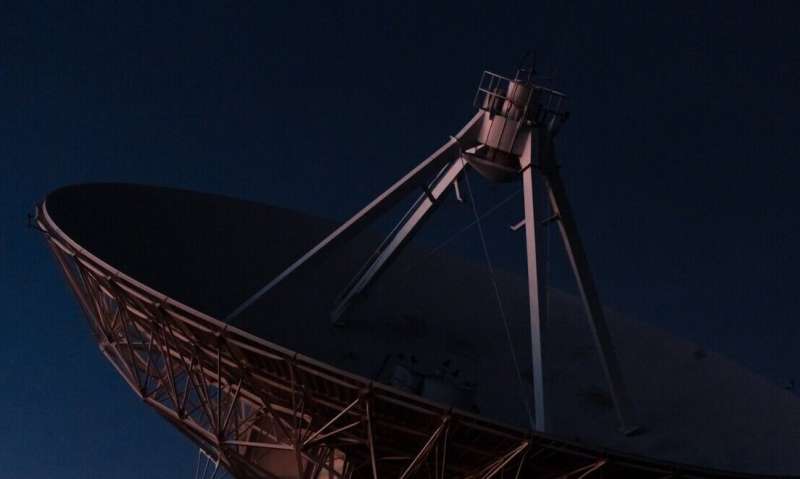Credit: Alec Favale, Unsplash
Radar technology, which stands for radio detection and ranging, has been around for several decades and has a wide range of real-world applications. Radar is currently used to detect targets or other objects in many settings. For instance, it is employed during military and aerospace operations to determine the location, range, angle and/or velocity of aircrafts, ships, spacecrafts, missiles or other vehicles.
Recent advances in the development of quantum technology have inspired researchers to devise quantum metrology protocols that could enable the creation of radar technology with enhanced target detection capabilities. While many of these protocols can determine how far an object is with higher precision than classical radars, they do not exhibit notable improvements in measuring the direction it is moving in.
Researchers at University of Pavia and the Chinese Academy of Sciences have recently introduced a new quantum metrology protocol that can measure both its distance from an object and the object's position in space with a higher precision that conventional radar technologies. This protocol, presented in a paper published in Physical Review Letters, is specifically designed to locate noncooperative targets in a 3-D space.
"We proposed a quantum metrology protocol for the localization of a non-cooperative point-like target in three-dimensional space, which was inspired by the one-dimensional quantum localization protocol proposed by Giovannetti, Lloyd, and Maccone," Changliang Ren, one of the researchers who carried out the study, told Phys.org. "Our protocol can detect a target more precisely than classical radars, both in terms of its distance and position."
To detect a given target, the protocol devised by Ren and his colleagues uses a maximally entangled quantum state in which the frequencies and transverse wave vectors are perfectly correlated. In this entangled state, individual photons act as if they were a single high-resolution photon that contains all of the photons' energy.
This 'collective' photon gathers more accurate information about the target than what individual photons can collect. This results in the radar collecting far more precise measurements, both in terms of a target's distance from the radar and its position, allowing those using the radar to gain a better idea of where a target is located and what direction it's moving in.
"We succeeded in proposing a quantum metrology protocol for the localization of a non-cooperative point-like target in three-dimensional space, which can detect the target more precisely than classical radar both in its distance and position," Ren said.
In the future, the quantum metrology protocol devised by Ren and his colleagues could enable the development of better performing radar technology for numerous aerospace applications. So far, the researchers only investigated the protocol's performance under ideal environmental conditions. However, in order for it to be applicable in real world settings, they will have to show that it performs equally well in the presence of noise caused by various environmental factors.
"In our future work, we might also consider extending the protocol to the localization of targets in four-dimensional spacetime, to determine the spatial location and the time of an event," Ren said.
More information: Lorenzo Maccone et al. Quantum Radar, Physical Review Letters (2020). DOI: 10.1103/PhysRevLett.124.200503
Vittorio Giovannetti et al. Quantum-enhanced positioning and clock synchronization, Nature (2002). DOI: 10.1038/35086525
Journal information: Physical Review Letters , Nature
© 2020 Science X Network























